Home>Articles>How To Make Carrots In Electric Pressure Cooker
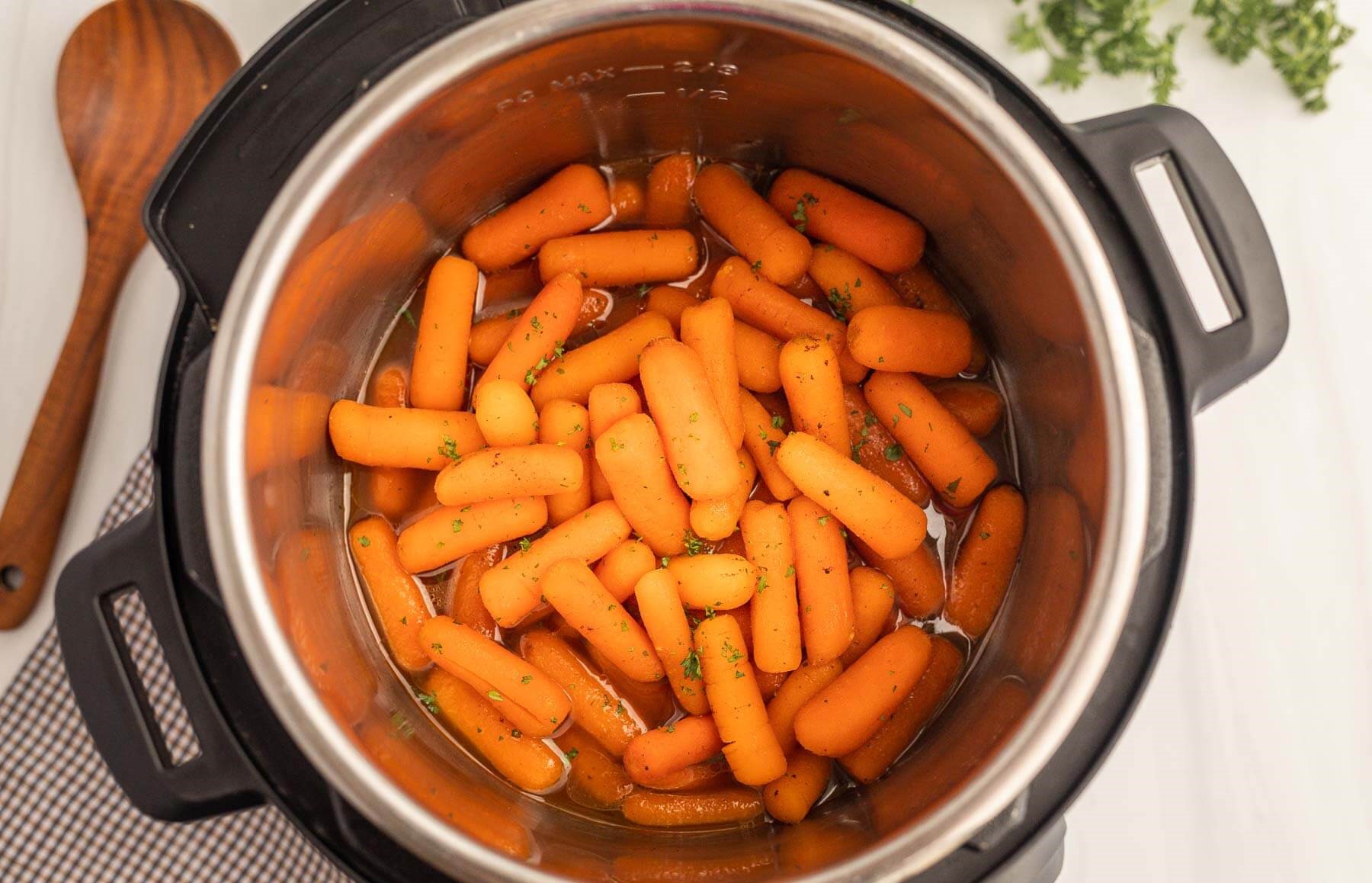

Articles
How To Make Carrots In Electric Pressure Cooker
Modified: February 28, 2024
Learn how to make delicious carrots in an electric pressure cooker. Read our informative articles and master the art of cooking with your pressure cooker.
(Many of the links in this article redirect to a specific reviewed product. Your purchase of these products through affiliate links helps to generate commission for Storables.com, at no extra cost. Learn more)
Introduction
Cooking carrots in an electric pressure cooker is a quick and convenient way to enjoy this versatile and nutritious vegetable. Whether you’re a busy professional looking for time-saving cooking methods or an aspiring chef looking to experiment with new recipes, the electric pressure cooker is a game-changer. In this article, we will explore the benefits of using an electric pressure cooker and guide you through the process of selecting, preparing, and cooking carrots to perfection.
Electric pressure cookers have gained popularity in recent years due to their ability to cook food faster than traditional methods. They work by creating a sealed environment where steam builds up, increasing the temperature and pressure inside. This high-pressure environment significantly reduces cooking time without compromising on taste and texture.
One of the advantages of using an electric pressure cooker is its versatility. Whether you want to steam vegetables, cook rice, or even make soups and stews, an electric pressure cooker can handle it all. But for now, let’s focus on the humble carrot, a vibrant vegetable packed with vitamins, minerals, and fiber.
Carrots are incredibly versatile, making them a staple in many cuisines. Their natural sweetness and satisfying crunch can enhance a wide range of dishes. From roasted carrots to carrot soups and salads, the possibilities are endless. But using an electric pressure cooker can take your carrot dishes to a whole new level of convenience and flavor.
In the next sections, we will discuss how to select and prepare carrots for pressure cooking, explore the cooking process in detail, and offer seasoning and flavoring ideas. We will also cover different methods of releasing the pressure and provide tips on serving and storing your cooked carrots. So let’s dive in and discover the art of making tender and delicious carrots in an electric pressure cooker!
Key Takeaways:
- Electric pressure cookers save time, retain nutrients, and enhance the flavor of carrots, making them a convenient and nutritious cooking option for busy individuals and aspiring chefs.
- Experiment with seasoning, serving, and storing options to transform cooked carrots into versatile and flavorful dishes that complement a variety of meals and meal prep routines.
Benefits of Using an Electric Pressure Cooker
Using an electric pressure cooker offers numerous benefits that make it a valuable tool in any kitchen. Here are some of the key advantages:
- Time-Saving: One of the primary benefits of using an electric pressure cooker is the significant time-saving it provides. The high pressure and temperature created inside the cooker significantly reduce cooking times compared to traditional cooking methods. What might take hours to cook on the stovetop can be ready in a fraction of the time in an electric pressure cooker. This is especially beneficial for those with busy schedules or who want to quickly prepare a meal after a long day.
- Energy-Efficient: Electric pressure cookers are designed to be energy-efficient, consuming less electricity compared to other cooking appliances. The sealed environment and quick cooking time help to minimize energy usage, making it an eco-friendly choice for those conscious of their environmental impact.
- Retains Nutritional Value: The shorter cooking time in an electric pressure cooker helps retain the nutritional value of the food. The quick cooking process preserves more vitamins, minerals, and antioxidants compared to traditional cooking methods that may lead to nutrient loss. This makes it an excellent choice for those aiming to maintain a healthy and balanced diet.
- Tender and Flavorful Results: The high-pressure environment in an electric pressure cooker allows for even and thorough cooking. This results in tender and flavorful dishes as the intense pressure helps to infuse the flavors throughout the ingredients. Vegetables like carrots cooked in an electric pressure cooker retain their natural color, texture, and taste, enhancing the overall dining experience.
- Versatile Cooking Options: Electric pressure cookers offer a wide range of cooking options, allowing you to prepare various dishes easily. Whether you want to steam, sauté, slow cook, or even bake, an electric pressure cooker can handle it all. This versatility makes it a valuable addition to any kitchen, eliminating the need for multiple appliances.
- Safety Features: Electric pressure cookers come with built-in safety features that ensure worry-free cooking. They are equipped with pressure release valves, locking lids, and automatic shut-off systems, preventing accidents and providing peace of mind while using the appliance.
With these benefits in mind, it is no wonder that electric pressure cookers have gained immense popularity among home cooks and professional chefs alike. The convenience, time-saving, energy-efficiency, and versatility they offer make them a valuable tool for busy individuals who still want to enjoy delicious, home-cooked meals without compromising on taste or nutrition.
Selecting and Preparing Carrots
When it comes to selecting carrots for your electric pressure cooker, freshness is key. Look for carrots that are firm, smooth, and vibrant in color. Avoid carrots that are soft, wilted, or have any signs of mold or decay. Opt for medium-sized carrots as they tend to cook more evenly than larger ones.
Before preparing the carrots for cooking, give them a good rinse to remove any dirt or debris. If the carrots have greens attached, such as carrot tops, trim them off as they can draw moisture from the carrots and impact their flavor and texture.
Next, it’s time to decide how you want to cut your carrots. You have a few options:
- Whole: If your carrots are small and uniform in size, you can choose to cook them whole. This is a quick and convenient option, especially if you want to serve them as a side dish or use them in salads.
- Sliced: Slicing the carrots into evenly-sized rounds is another popular option. This allows for faster cooking and ensures that the carrots are cooked through evenly.
- Julienne or matchsticks: For a different texture and presentation, you can julienne the carrots into thin strips or matchstick-sized pieces. This works well for stir-fries, soups, and even carrot noodles.
- Diced: Dicing the carrots into smaller, bite-sized pieces is ideal if you’re planning to use them in stews, curries, or as a base for soups.
Once you have decided on a cutting style, proceed to peel the carrots if desired. While the skin of carrots is edible, peeling them can help remove any potential bitterness and ensure a smoother texture, especially if you prefer a softer consistency.
After peeling, give the carrots a final rinse to remove any remaining dirt or debris. Now, you’re ready to move on to the cooking process and unleash the full potential of your carrots in the electric pressure cooker!
Cooking Carrots in an Electric Pressure Cooker
Now that you have selected and prepared your carrots, it’s time to cook them in the electric pressure cooker. Follow these simple steps for perfectly cooked carrots:
- Add liquid: Start by adding a cup of liquid to the electric pressure cooker. You can use water, vegetable broth, or even citrus juice to enhance the flavor of the carrots.
- Place a trivet: If you want to prevent the carrots from directly touching the bottom of the cooker, place a trivet or a steam basket inside. This will elevate the carrots and allow for steaming, resulting in a more tender and evenly cooked vegetable.
- Add the carrots: Carefully place the prepared carrots in the electric pressure cooker, arranging them in a single layer. If you have sliced or diced the carrots, make sure they are evenly spread out to facilitate even cooking.
- Seal the pressure cooker: Secure the lid of the electric pressure cooker, ensuring it is properly locked in place. Set the valve to the “Sealing” position to create a sealed cooking environment.
- Select the cooking time: Use the cooking time guidelines provided with your electric pressure cooker as a starting point. Carrots typically require 3-5 minutes of cooking time, depending on their thickness and desired tenderness. The cooking time can be adjusted based on personal preference.
- Start cooking: Once you have set the cooking time, select the pressure cooking mode on your electric pressure cooker and start the cooking process. The cooker will begin to pressurize, and the carrots will cook under high pressure.
- Natural release or quick release: After the cooking time is complete, you have two options for releasing the pressure. The natural release method allows the pressure to come down gradually on its own, which can take 5-10 minutes. Alternatively, you can choose the quick release method by carefully turning the valve to the “Venting” position to release the pressure immediately. Be cautious and use a kitchen towel or utensil to avoid any steam burns.
Once the pressure is fully released, carefully open the lid of the electric pressure cooker. Your carrots should be tender and flavorful, ready to be enjoyed as a side dish or incorporated into your favorite recipes.
Remember, cooking times may vary based on the specific model of your electric pressure cooker, as well as the size and thickness of the carrots. It’s always a good idea to consult the instruction manual that came with your cooker for more precise guidelines.
Experiment with different cooking times and techniques to find your preferred level of tenderness. It’s also worth noting that pressure cooking can intensify flavors, so consider adjusting your seasonings and seasonings accordingly.
Cooking carrots in an electric pressure cooker not only saves time but also produces consistently delicious results. Whether you prefer them soft and tender or slightly crisp, the electric pressure cooker unlocks the full potential of carrots, enhancing their natural sweetness and maintaining their vibrant color.
Quick Release vs. Natural Release Methods
When using an electric pressure cooker, there are two methods for releasing the pressure after cooking: quick release and natural release. Each method has its own benefits and considerations, so let’s take a closer look at both:
- Quick Release: As the name suggests, the quick release method involves manually releasing the pressure immediately after the cooking time is complete. To perform a quick release, carefully turn the pressure release valve to the “Venting” position. This allows the steam to escape rapidly, resulting in a swift pressure drop.
The quick release method is ideal for recipes that require precise timing or for vegetables, like carrots, that you want to keep slightly crisp. It allows you to preserve the texture and prevent overcooking. However, keep in mind that the steam released during a quick release is extremely hot, so take precautions to avoid any potential burns. Always use a kitchen towel or utensil to safely turn the pressure release valve.
- Natural Release: The natural release method involves allowing the pressure to decrease gradually on its own without manually releasing the steam. After the cooking time is complete, simply let the electric pressure cooker sit for a specified period, typically 5-10 minutes, until the pressure naturally dissipates.
The natural release method is suitable for recipes that benefit from a longer cooking time or for delicate ingredients that require more gentle pressure release. It allows flavors to meld and deepens the richness of stews, soups, and braised dishes. Carrots cooked using the natural release method tend to be softer and more tender, as the pressure slowly subsides, resulting in longer cooking time overall.
When deciding which method to use, consider the texture and desired tenderness of your carrots, as well as the specific requirements of your recipe. Quick release is perfect for preserving a bit of crunch, while natural release is ideal for achieving a softer consistency.
It’s important to note that the cooking time should account for the chosen release method. Recipes often specify whether the cooking time includes natural release or if it needs to be adjusted accordingly. Always refer to the instructions provided with your electric pressure cooker and the specific recipe you’re following for accurate guidance.
Both quick release and natural release methods have their place in the kitchen, and it’s worth experimenting with both to discover which method works best for your cooking preferences and the desired outcome of your dishes. Now that you’re familiar with these two methods, you’re well-equipped to release the pressure and uncover your perfectly cooked carrots!
Seasoning and Flavoring Options for Cooked Carrots
While carrots can be delicious on their own, adding seasonings and flavorings can elevate their taste and take them to the next level. Here are some ideas for seasoning and flavoring your cooked carrots:
- Herbs and Spices: Experiment with different herbs and spices to add depth and complexity to your cooked carrots. Some classic choices include thyme, rosemary, dill, cumin, cinnamon, and nutmeg. Sprinkle a pinch of your chosen herbs and spices over the cooked carrots and gently toss to evenly coat them.
- Citrus Zest: Fresh citrus zest, such as lemon or orange zest, can add a burst of brightness to your cooked carrots. Grate a small amount of zest over the carrots just before serving to enhance their natural flavors and add a refreshing note.
- Honey or Maple Syrup: For a touch of sweetness, drizzle some honey or maple syrup over the cooked carrots. The natural sweetness of these sweeteners complements the earthy flavor of carrots and creates a delightful balance of flavors.
- Butter or Olive Oil: Adding a pat of butter or a drizzle of olive oil to your cooked carrots can provide richness and enhance their overall taste. The fat helps to bring out the natural flavors of the carrots and can make them even more satisfying. Toss the carrots with the melted butter or olive oil until well-coated.
- Balsamic Glaze: Drizzling a balsamic glaze over the cooked carrots can add a tangy and slightly sweet note. The rich flavor of balsamic vinegar pairs beautifully with the sweetness of carrots, creating a delicious contrast. You can make your own balsamic glaze or purchase it from a store.
- Garlic: If you love the savory flavor of garlic, consider adding minced or roasted garlic to the cooked carrots. The aromatic essence of garlic can add depth and complexity to the dish, making it more flavorful and satisfying.
Feel free to mix and match these seasoning and flavoring options to create your own unique combinations. Don’t be afraid to get creative and experiment with different ingredients to find the flavors that suit your taste buds best.
When adding seasonings and flavorings to your cooked carrots, keep in mind that a little goes a long way. Start with small amounts and taste as you go, adjusting to your preference. You can always add more, but it’s challenging to remove excess seasoning once it’s been added.
Remember to also consider the overall meal or recipe you’re preparing. The seasoning and flavoring should complement the other components and create a harmonious blend of flavors. Don’t be afraid to pair your seasoned carrots with different protein sources, grains, or vegetable dishes to create a well-rounded and satisfying meal.
With these various seasoning and flavoring options, you can transform simple cooked carrots into a flavorful and exciting dish that will delight your taste buds and impress your guests.
Serving and Storing Cooked Carrots
Once you have cooked your carrots to perfection, it’s time to serve and enjoy them. Here are some tips for serving and storing cooked carrots:
Serving:
- As a Side Dish: Cooked carrots make a versatile and nutritious side dish that pairs well with a variety of main courses. Serve them alongside roasted chicken, grilled fish, or a juicy steak. You can also incorporate them into stir-fries, grain bowls, or salads to add color and flavor.
- In Soups and Stews: Cooked carrots can be added to hearty soups and stews to enhance their flavor and provide a pop of color. They work well in vegetable soups, chicken noodle soups, and beef stews. Simply add the cooked carrots during the final stages of cooking, allowing them to warm through before serving.
- In Pasta Dishes: Toss cooked carrots into pasta dishes for an extra boost of nutrients and texture. They pair particularly well with creamy sauces, such as alfredo or carbonara, as well as lighter olive oil-based sauces. Slice or dice the cooked carrots and mix them into your favorite pasta recipe.
- In Salads: Add cooked carrots to your favorite salads for an interesting twist. They can provide a slightly sweet and tender element amidst the fresh greens and other vegetables. Slice or julienne the cooked carrots and toss them into a green salad, grain salad, or even a carrot salad for added complexity.
Storing:
- Refrigeration: If you have any leftover cooked carrots, store them in an airtight container in the refrigerator. They can be kept for 3-5 days. Before refrigerating, allow the carrots to cool completely. You can reheat them in the microwave or on the stovetop before serving.
- Freezing: If you want to extend the shelf life of your cooked carrots, consider freezing them. Place the cooled carrots in a freezer-safe container or bag and remove as much air as possible. They can be stored in the freezer for up to 3 months. Thaw the frozen carrots in the refrigerator or reheat them directly from frozen on the stovetop or in the microwave.
- Meal Prepping: Cooked carrots can be a great addition to your meal prep routine. Prepare a larger batch and portion them out into individual containers for easy grab-and-go meals throughout the week. This can be especially convenient for busy weekdays or when you’re following a specific diet plan.
When reheating cooked carrots, be careful not to overcook them, as they can become mushy. Aim to warm them just enough to bring them back to the desired serving temperature without further softening.
With these serving and storing tips, you can make the most of your cooked carrots and create delicious meals throughout the week. Be creative and incorporate them into various dishes to enjoy their natural sweetness and vibrant color in different ways.
Frequently Asked Questions (FAQs)
Here are answers to some frequently asked questions about cooking carrots in an electric pressure cooker:
1. Can I cook frozen carrots in an electric pressure cooker?
Yes, you can cook frozen carrots in an electric pressure cooker. However, keep in mind that the cooking time may need to be adjusted slightly to ensure they cook evenly. Consult the instructions provided with your electric pressure cooker for guidelines on cooking frozen vegetables.
2. Can I add other vegetables, such as potatoes or broccoli, with the carrots in the electric pressure cooker?
Absolutely! The electric pressure cooker is a versatile appliance that can handle a variety of vegetables. You can add other vegetables like potatoes, broccoli, or even green beans alongside the carrots in the cooker. Just make sure to adjust the cooking time accordingly to ensure all the vegetables are cooked to your preferred tenderness.
3. Do I need to add liquid when cooking carrots in an electric pressure cooker?
Yes, it is essential to add a liquid when cooking carrots in an electric pressure cooker. The liquid, such as water or broth, creates the steam necessary for the pressure cooker to function properly. It also helps to infuse flavor into the carrots. Start with about a cup of liquid, and remember to follow the recommended liquid amount mentioned in your electric pressure cooker’s instructions.
4. How long does it take to cook carrots in an electric pressure cooker?
The cooking time for carrots in an electric pressure cooker can vary depending on the thickness and size of the carrots, as well as the desired tenderness. On average, it takes about 3-5 minutes of high-pressure cooking time to achieve tender carrots. However, always consult the cooking time guidelines provided with your electric pressure cooker or specific recipe for precise instructions.
5. Can I adjust the seasoning after cooking the carrots in the electric pressure cooker?
Absolutely! Once you have cooked the carrots, you can taste them and adjust the seasoning to your liking. You can add a sprinkle of salt, a dash of black pepper, or even a squeeze of lemon juice to enhance the flavors. Adjust the seasoning gradually and taste as you go to avoid over-seasoning.
6. Can I use the leftover cooking liquid from the carrots for making a sauce or gravy?
Certainly! The leftover cooking liquid from the carrots can be repurposed to make a delicious sauce or gravy. Simply strain the liquid to remove any solids, and then use it as a base for your sauce or gravy. You can thicken it with a roux or cornstarch slurry and add other seasonings and ingredients as desired.
If you have any more questions about cooking carrots in an electric pressure cooker or related topics, consult the instruction manual that came with your specific appliance or reach out to the manufacturer for assistance. Happy cooking!
Conclusion
Using an electric pressure cooker to cook carrots is a game-changer in terms of convenience, time-saving, and flavor enhancement. Whether you prefer them tender or slightly crisp, the electric pressure cooker allows you to achieve perfectly cooked carrots every time. With the ability to retain nutrients, optimize cooking time, and infuse flavors, this kitchen appliance unlocks the full potential of this versatile and nutritious vegetable.
We explored the benefits of using an electric pressure cooker, including its time-saving capabilities, energy-efficiency, and ability to retain the nutritional value of carrots. Selecting and preparing carrots for pressure cooking is a crucial step, emphasizing the importance of freshness and proper cleaning. Slicing, dicing, or leaving the carrots whole offers different texture possibilities to suit your preference.
When cooking carrots in an electric pressure cooker, it’s essential to add liquid, arrange them evenly, and select the appropriate cooking time. Choosing between quick release and natural release methods impacts the texture of the cooked carrots, allowing for versatility in recipes. Seasoning options, such as herbs, spices, citrus zest, honey, or butter, add depth and complexity to the flavors of the cooked carrots.
Serving cooked carrots as side dishes, in soups and stews, pasta dishes, or salads enhances the overall dining experience. Proper storage guidelines, including refrigeration and freezing methods, ensure you can enjoy the cooked carrots for an extended period.
Lastly, we addressed frequently asked questions to provide clarity and assist in the cooking process.
In conclusion, cooking carrots in an electric pressure cooker offers a convenient and flavorful method to enjoy this vibrant and nutritious vegetable. With the right techniques, seasonings, and serving ideas, you can elevate your cooking and delight your taste buds. So, bring out your electric pressure cooker and embark on a culinary adventure with carrots!
Frequently Asked Questions about How To Make Carrots In Electric Pressure Cooker
Was this page helpful?
At Storables.com, we guarantee accurate and reliable information. Our content, validated by Expert Board Contributors, is crafted following stringent Editorial Policies. We're committed to providing you with well-researched, expert-backed insights for all your informational needs.
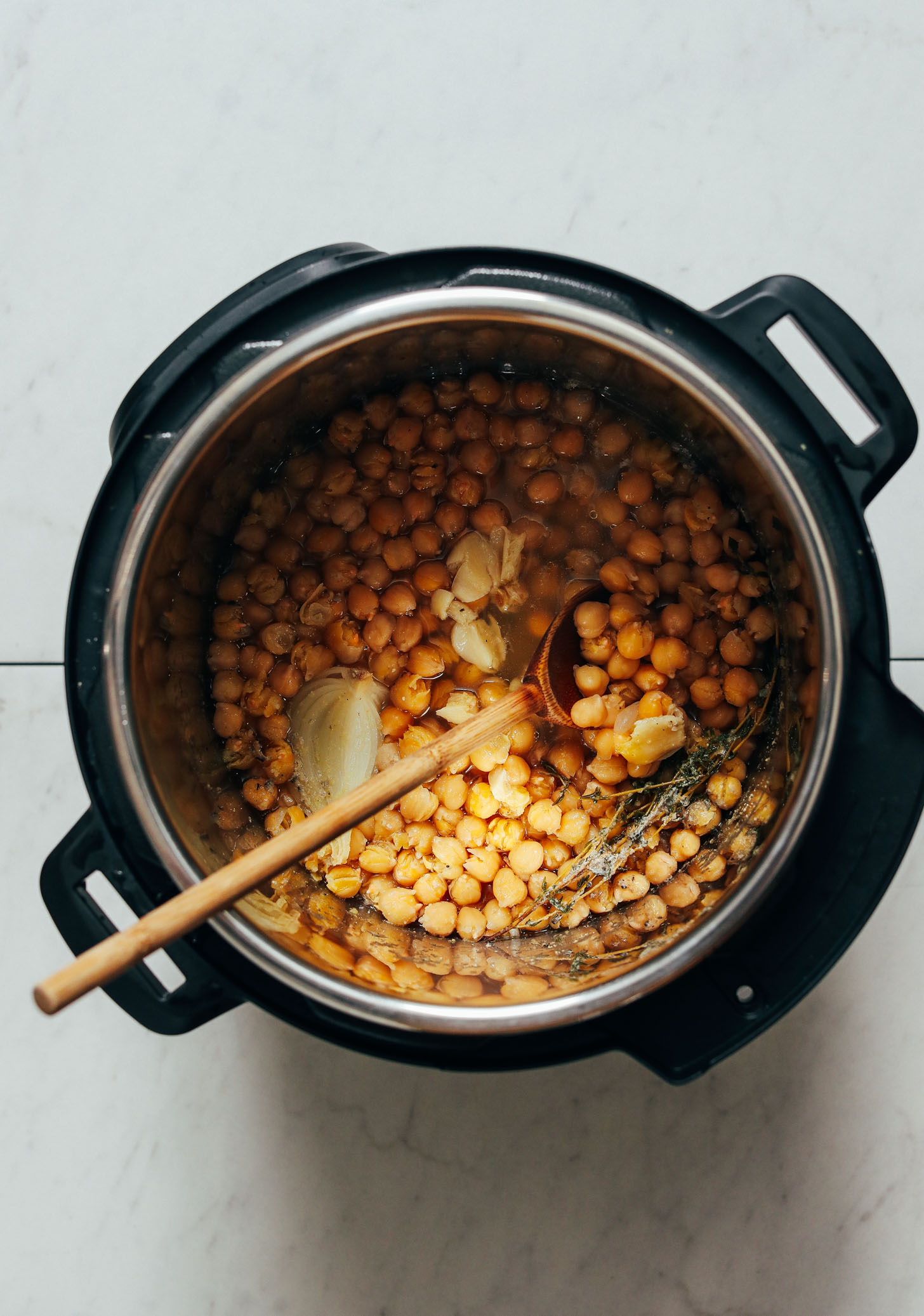
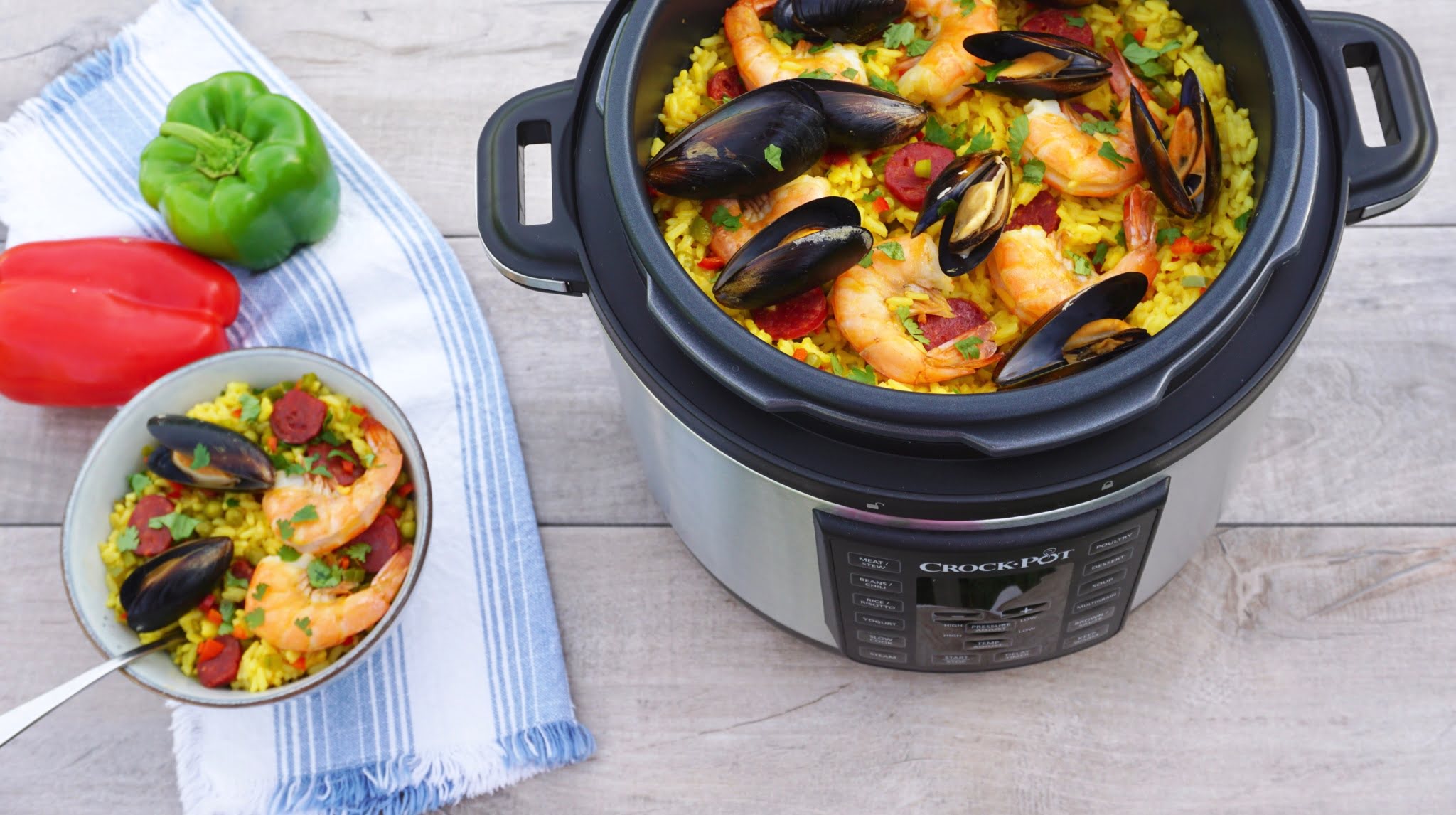
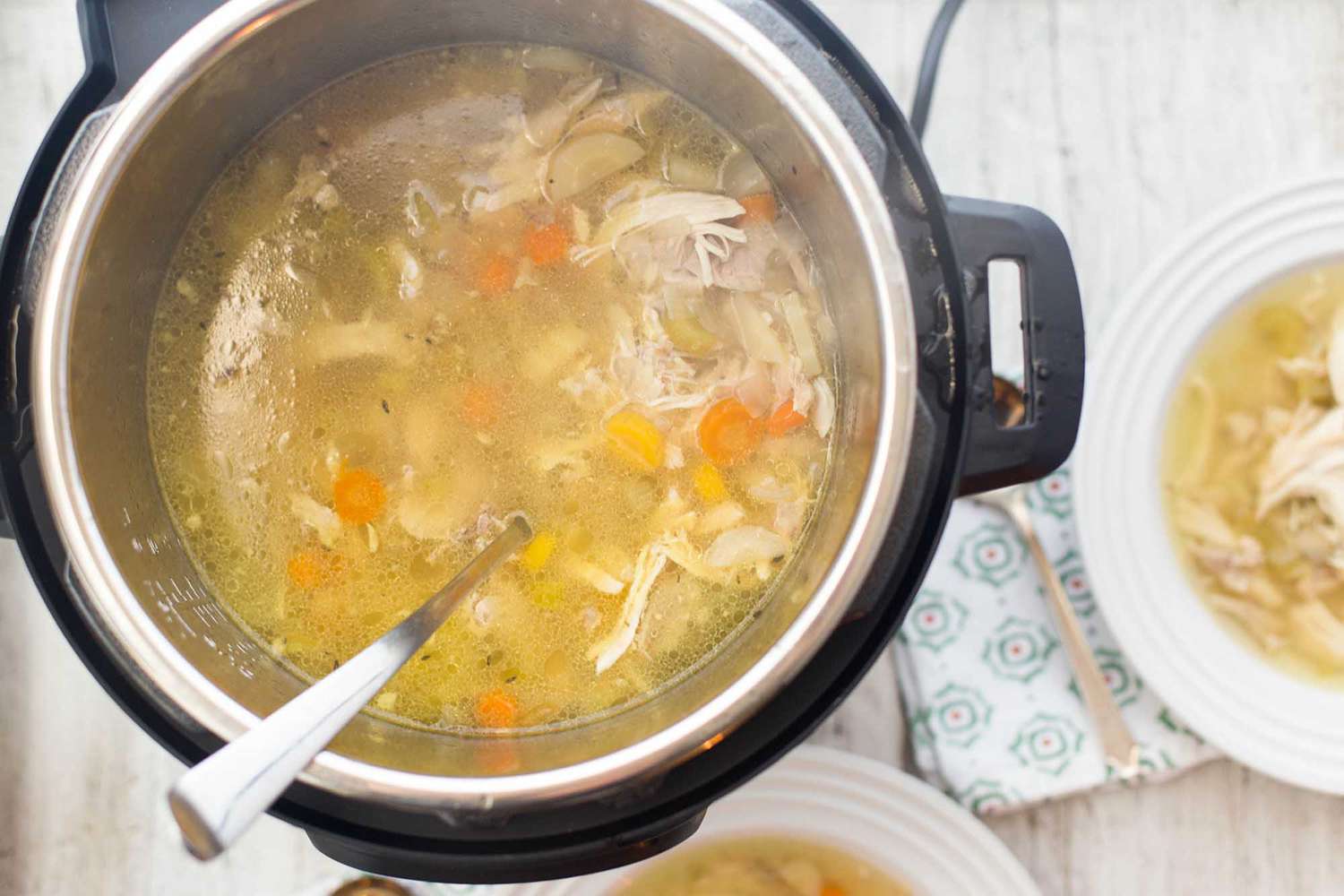
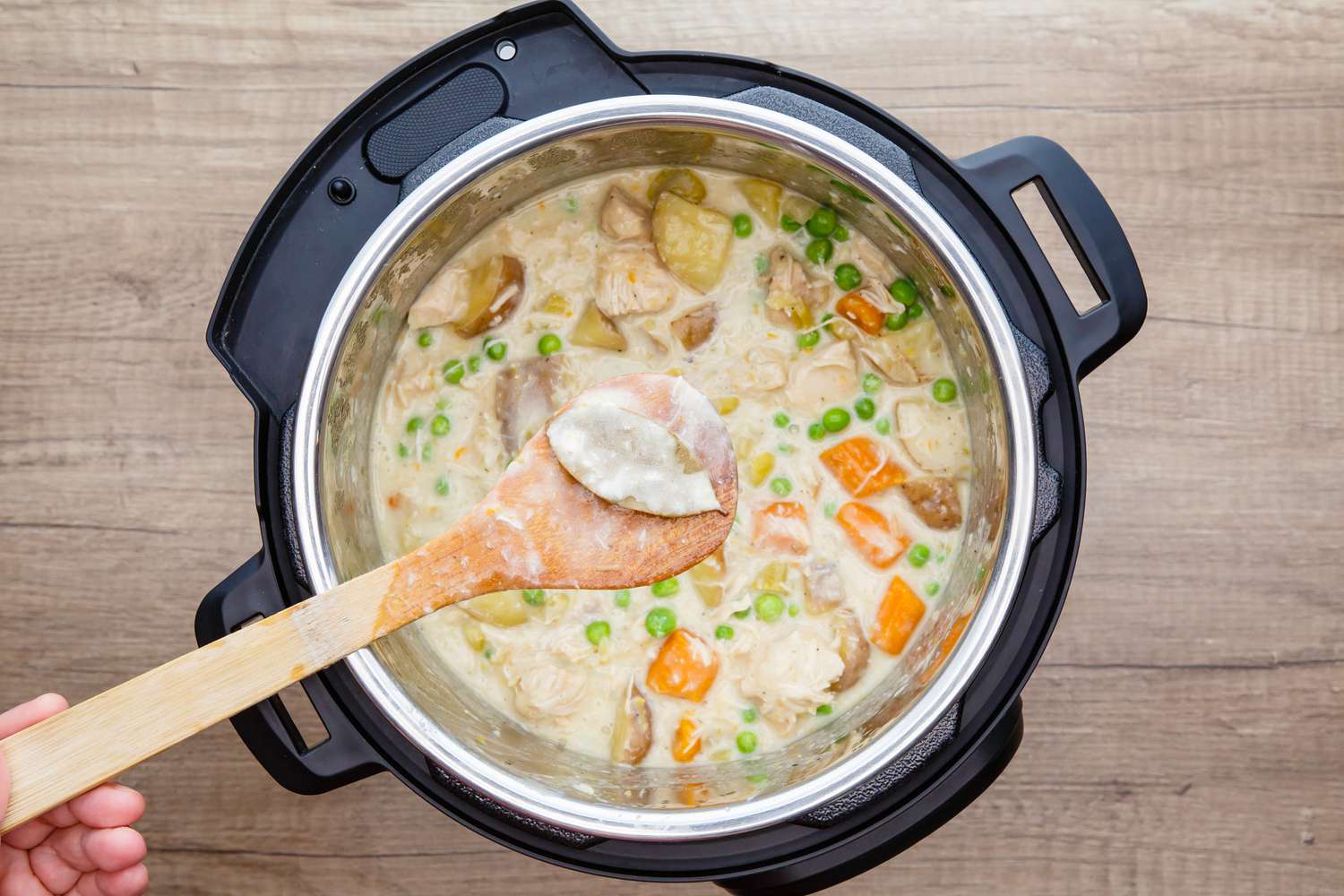
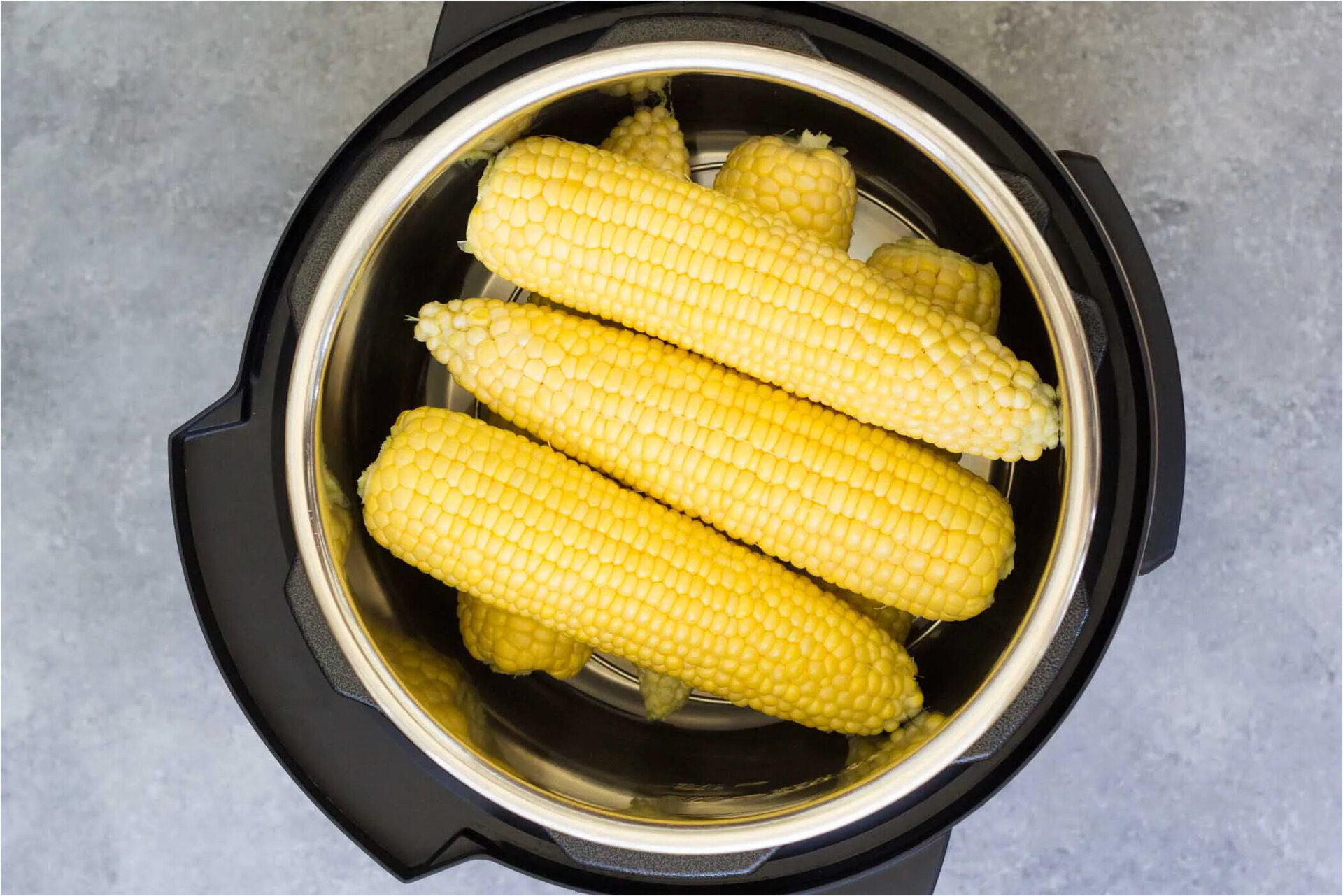
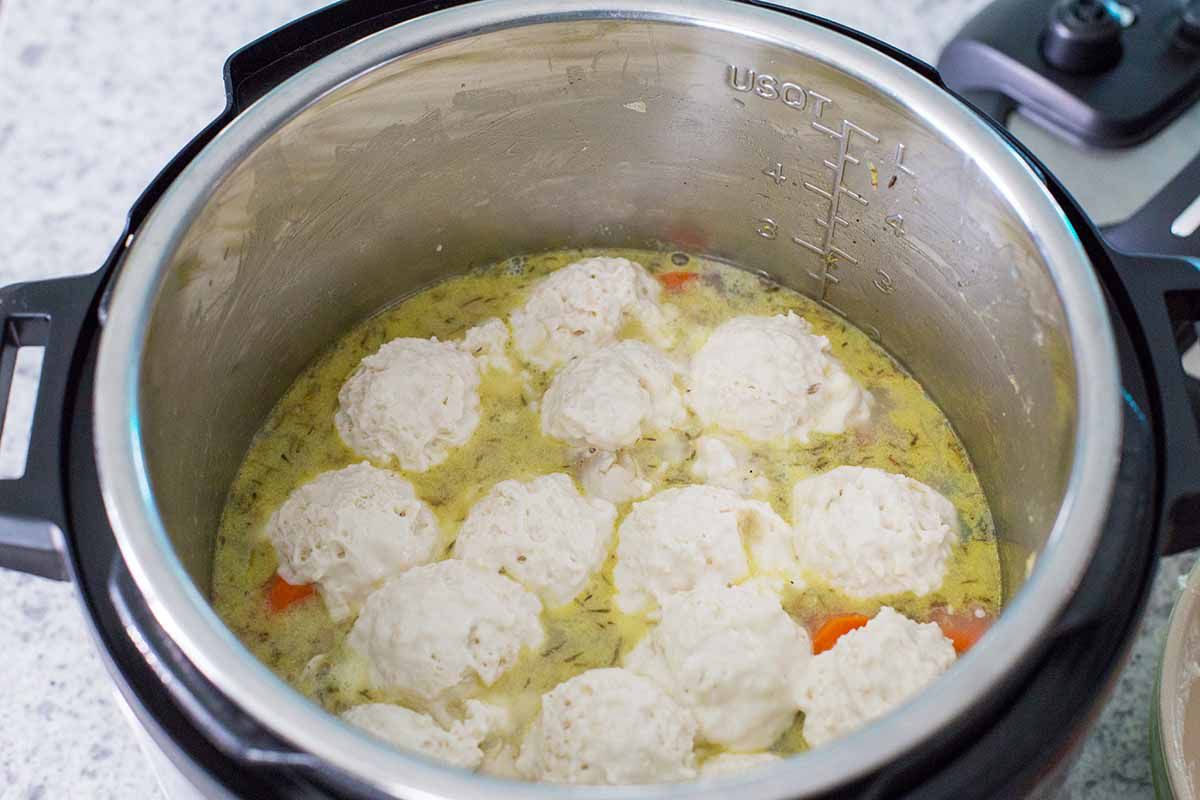
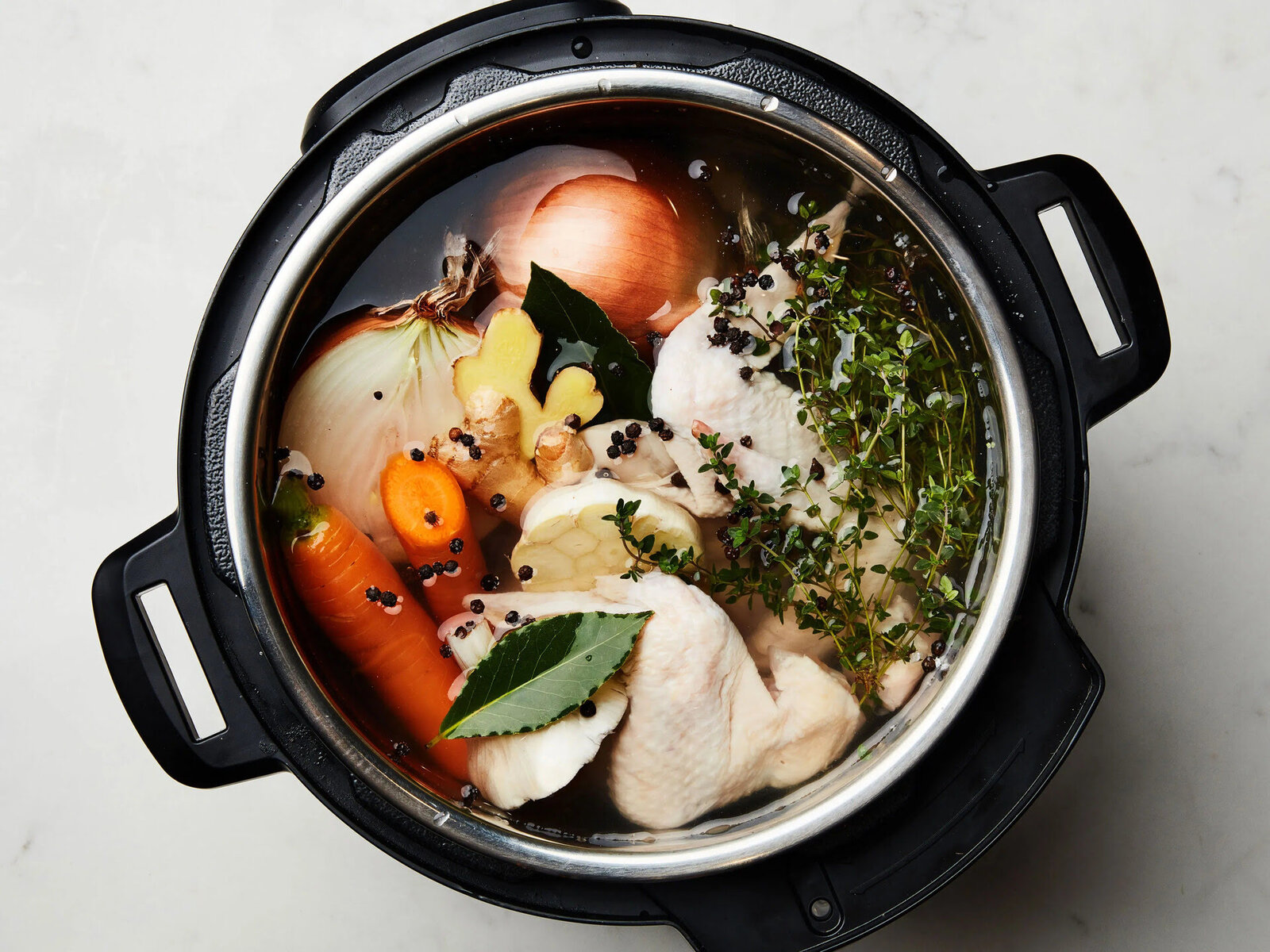
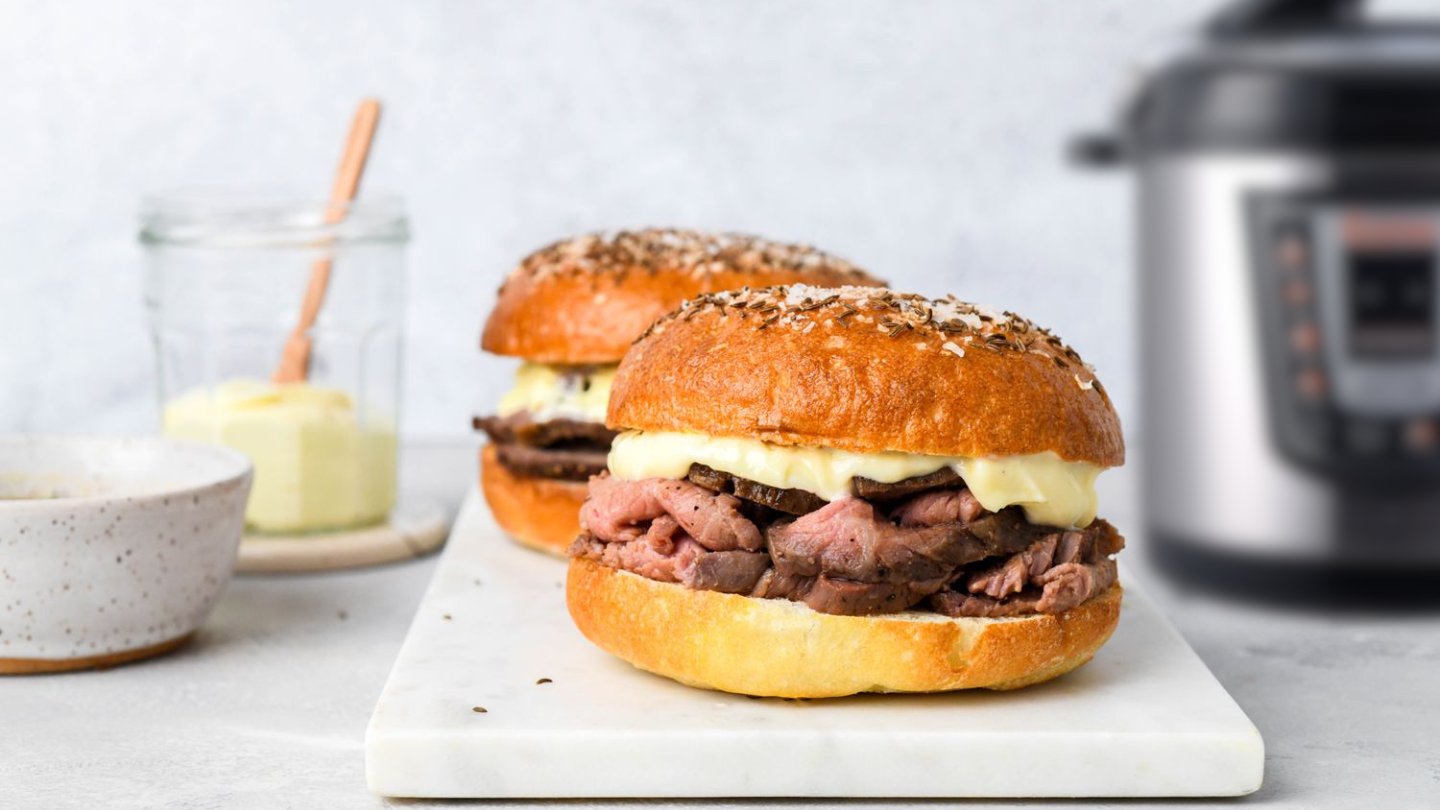
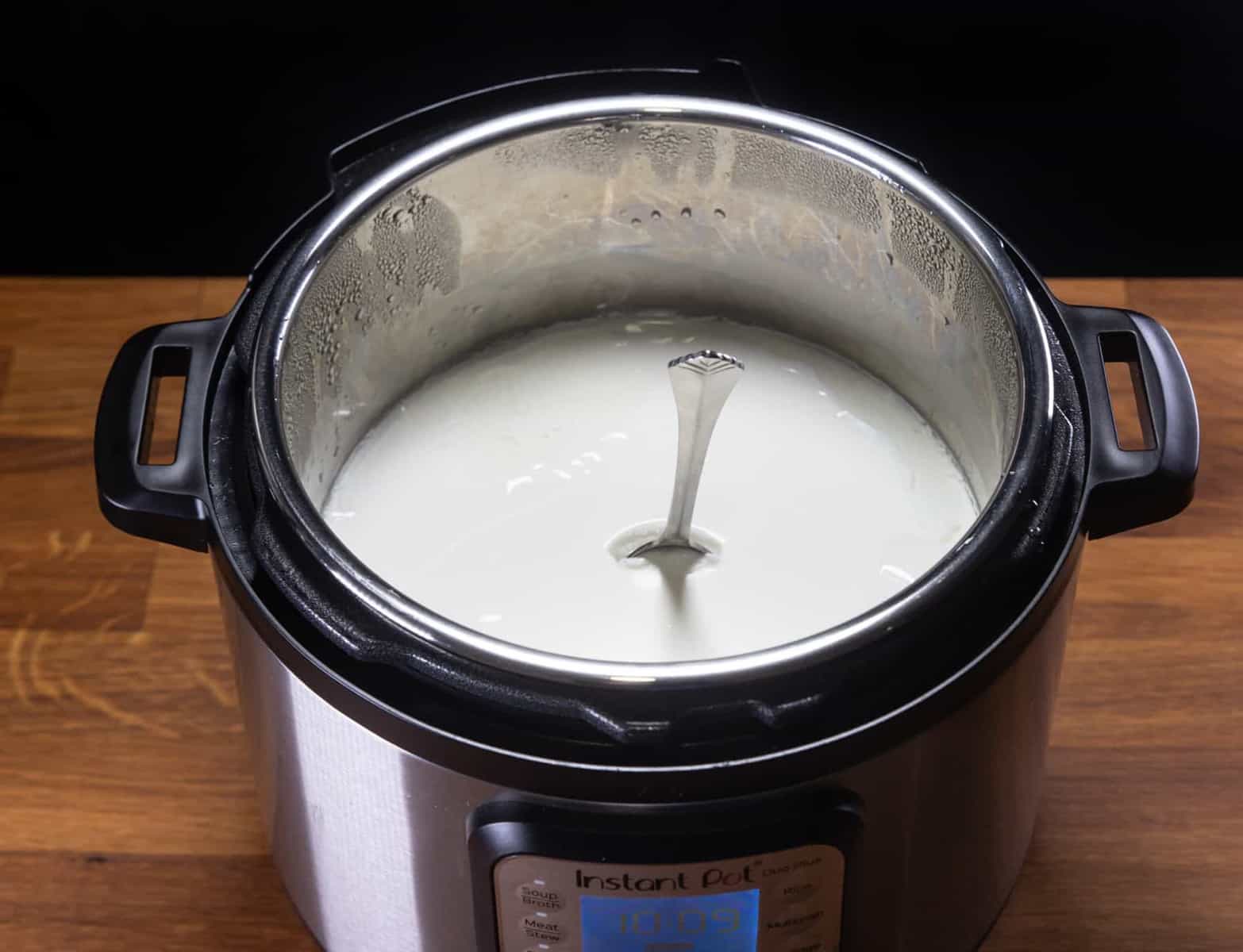
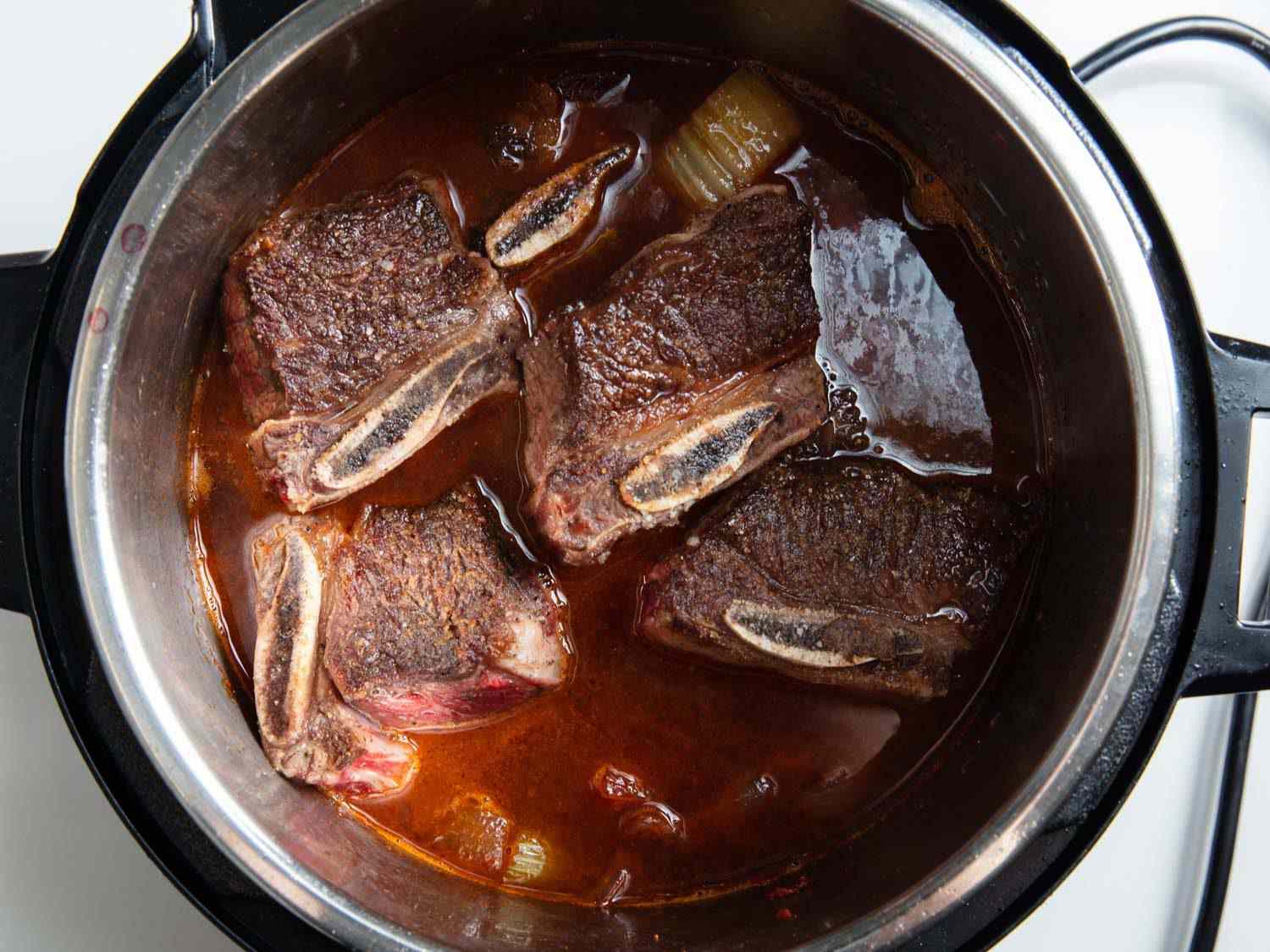
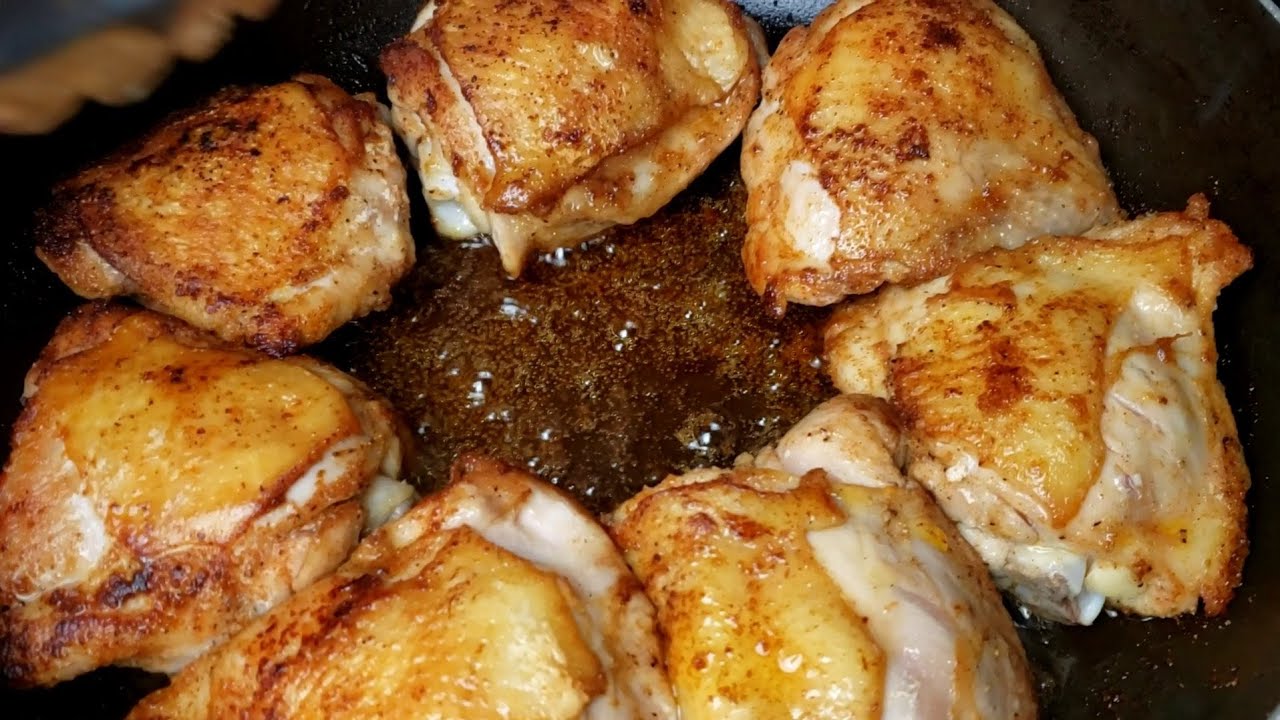
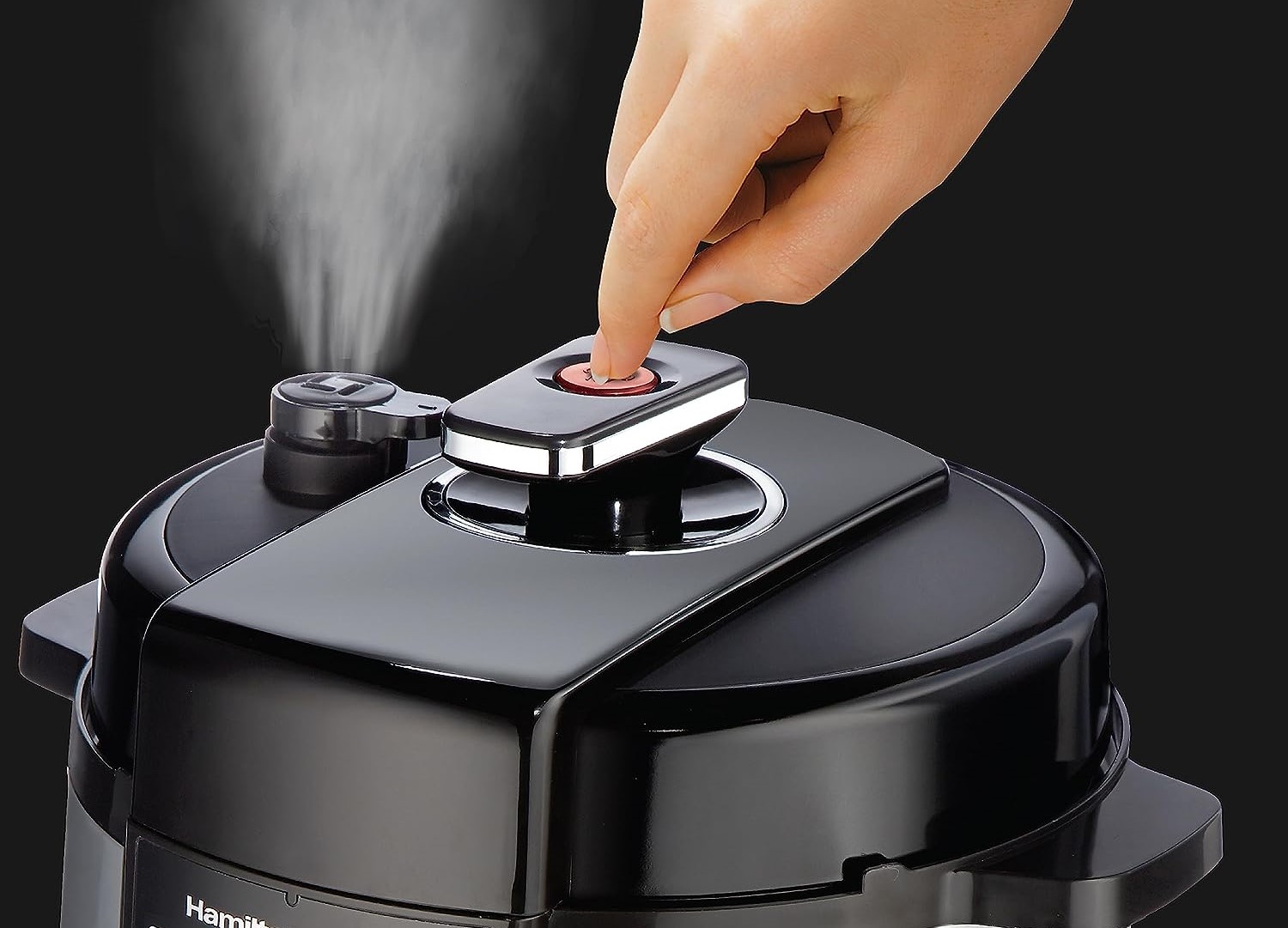

0 thoughts on “How To Make Carrots In Electric Pressure Cooker”